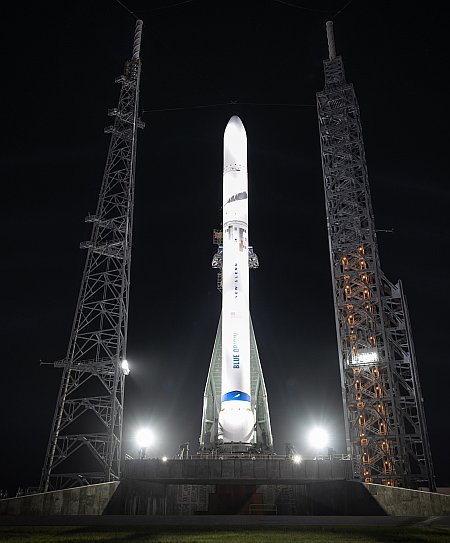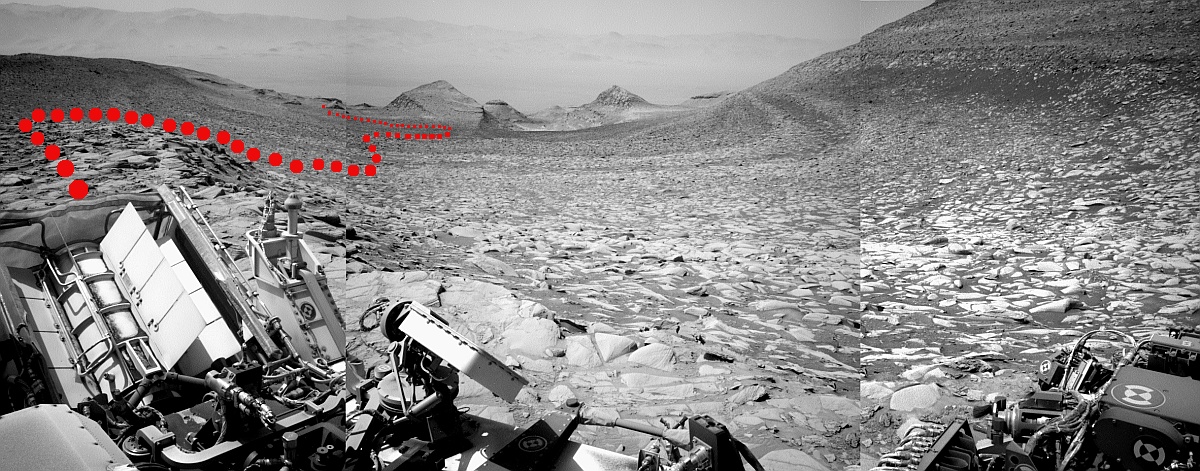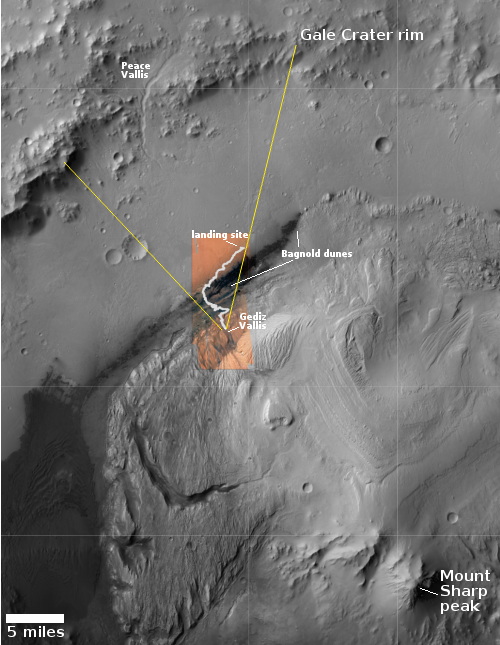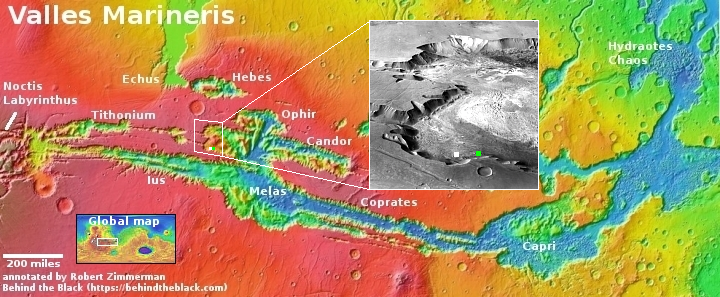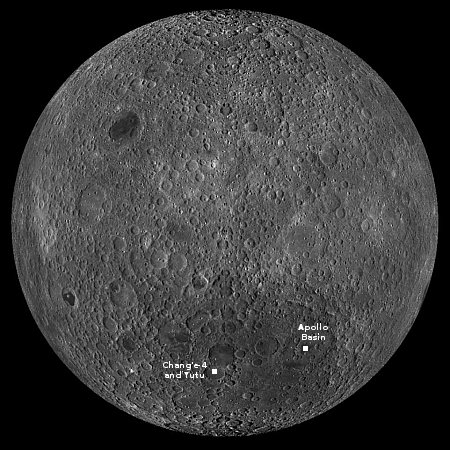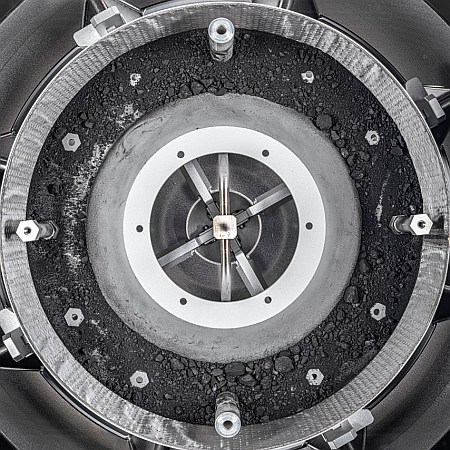SpaceX and China complete launches
Both SpaceX and China today successfully completed launches.
First, SpaceX launched 23 Starlink satellites, its Falcon 9 rocket lifting off from Vandenberg in California. The first stage flew its 19th mission, landing successfully on a drone ship in the Pacific, and tying the record for the most flights for a Falcon 9 booster.
Then, China launched a classified military satellite using its biggest rocket, the Long March 5, lifting off from its coastal spaceport in Wenchang. It remains unclear if China now has the ability to restart the engines on that rocket’s core stage, which reaches orbit, is large enough to survive re-entry, and has previously crashed uncontrolled, with one return barely missing the New York metropolitan area. If not, then this core stage carries a threat, as will the four or so other launches of the Long March 5 that China plans later this year.
The leaders in the 2024 launch race:
17 SpaceX
9 China
2 Iran
2 India
2 Rocket Lab
2 Japan
2 Russia
American private enterprise presently leads the entire world combined 20 to 17 in successful launches, while SpaceX by itself is tied 17-17 with the rest of the world (excluding other American companies).
Both SpaceX and China today successfully completed launches.
First, SpaceX launched 23 Starlink satellites, its Falcon 9 rocket lifting off from Vandenberg in California. The first stage flew its 19th mission, landing successfully on a drone ship in the Pacific, and tying the record for the most flights for a Falcon 9 booster.
Then, China launched a classified military satellite using its biggest rocket, the Long March 5, lifting off from its coastal spaceport in Wenchang. It remains unclear if China now has the ability to restart the engines on that rocket’s core stage, which reaches orbit, is large enough to survive re-entry, and has previously crashed uncontrolled, with one return barely missing the New York metropolitan area. If not, then this core stage carries a threat, as will the four or so other launches of the Long March 5 that China plans later this year.
The leaders in the 2024 launch race:
17 SpaceX
9 China
2 Iran
2 India
2 Rocket Lab
2 Japan
2 Russia
American private enterprise presently leads the entire world combined 20 to 17 in successful launches, while SpaceX by itself is tied 17-17 with the rest of the world (excluding other American companies).




